Best things to visit in Rimini
Rimini is a coastal city on the Adriatic Sea, in Emilia-Romagna and part of the Romagna region. It's known for its long sandy beach, which stretches for 14 km (8.7 mi) along the Adriatic Sea. The city is also famous for the Roman amphitheater, which has been restored and is still used today as one of Italy's largest open-air theaters. There are many other historic sites in Rimini to visit such as Arco Augusto, Porta Montanara and Piazza Tre Martiri. We would recommend you to rent a car in Rimini or hire a local guide in Rimini to get the perfect experience of the culture of the city.
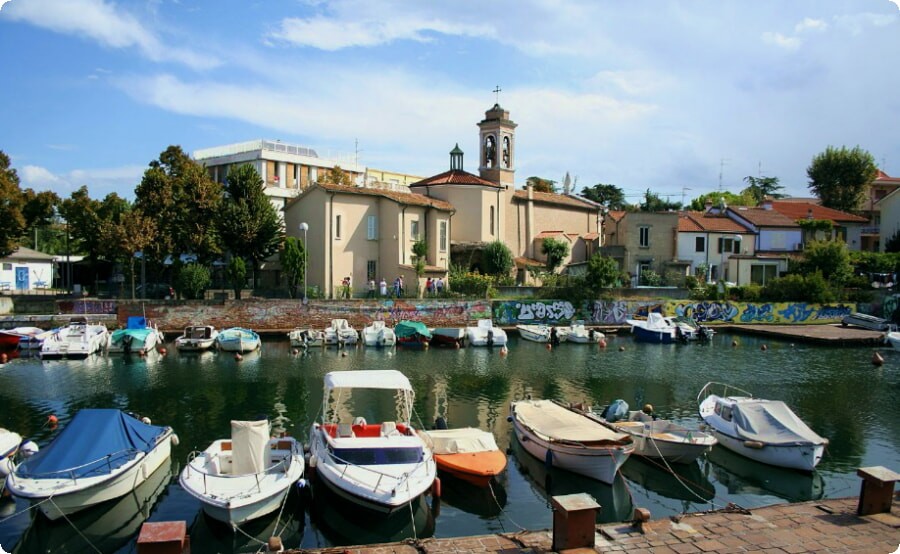
Arco d'Augusto
The Arco d'Augusto is an ancient Roman monument in Rimini. It was built in honour of the Roman Emperor Augustus, who died in 14 AD, and stands at the entrance to a park known as Parco delle Rimembranze (Park of Remembrance). The arch has two stories: on top there's a relief depicting Augustus' victory over Cleopatra at Actium; below is another relief depicting scenes from his life.
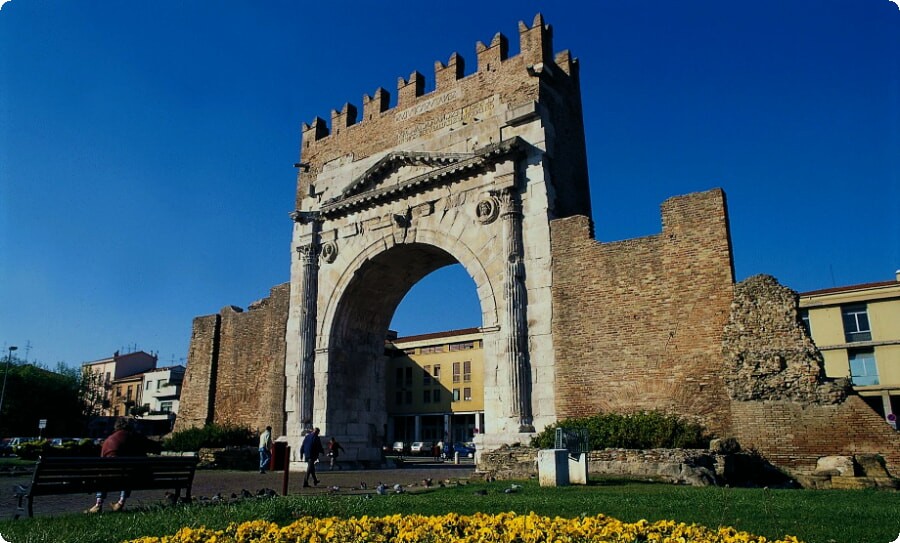
The arch itself is made out of travertine stone, which means it would have been very expensive when it was built--and this fact hints at why such an elaborate monument was erected here: it was meant as a testament to power and prestige so that everyone who saw it would know how rich and powerful those who commissioned its construction were!
Porta Montanara
A symbol of the city, Porta Montanara is one of the major landmarks in Rimini. It's an ancient Roman gate and triumphal arch, built in marble and travertine in the first century AD. This is one of those places you can't miss while visiting this historic city!
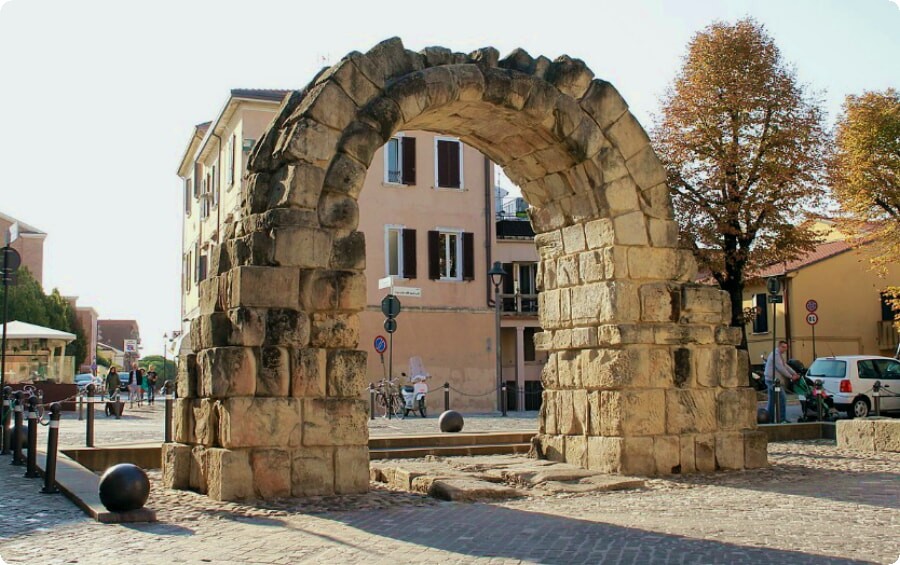
Piazza Tre Martiri
Piazza Tre Martiri is an important square in Rimini, named after three Italian soldiers who were executed by Nazi troops in 1943. The statue of the three soldiers is located in the center of the square.
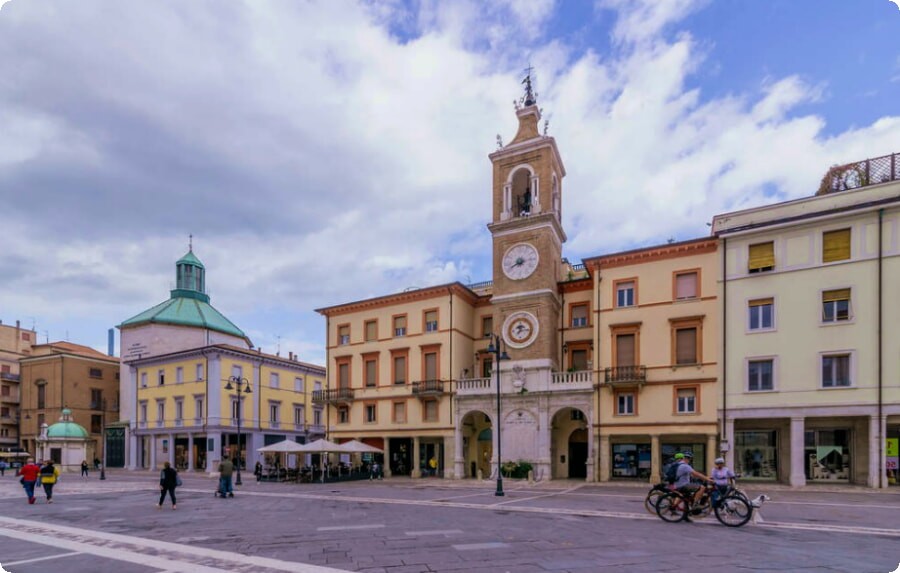
Located on Via delle Forze Armate, it was built between 1835 and 1840 by Carlo D'Agrate as a tribute to Giuseppe Garibaldi and his troops who fought against Austria during their unification campaign (1859). You can visit it for free if you would like to see this beautiful monument up close!
Rimini Caput Viarum
Rimini Caput Viarum is the name of a hill in Rimini, Italy. The literal translation of its Latin name is "Rimini Head of Roads" (or "Rimini Capital of Roads"). The significance of this name stems from its location: it sits at the highest point in Rimini, which meant that travelers would have had to pass through there on their way elsewhere when traveling east or west along Via Emilia (the major Roman road that used to run between Milan and Bologna). This gave rise to its nickname as "capital" or "head" of all roads leading away from Rome toward other destinations--and thus became known as Caput Viarum ("head" or "capital").
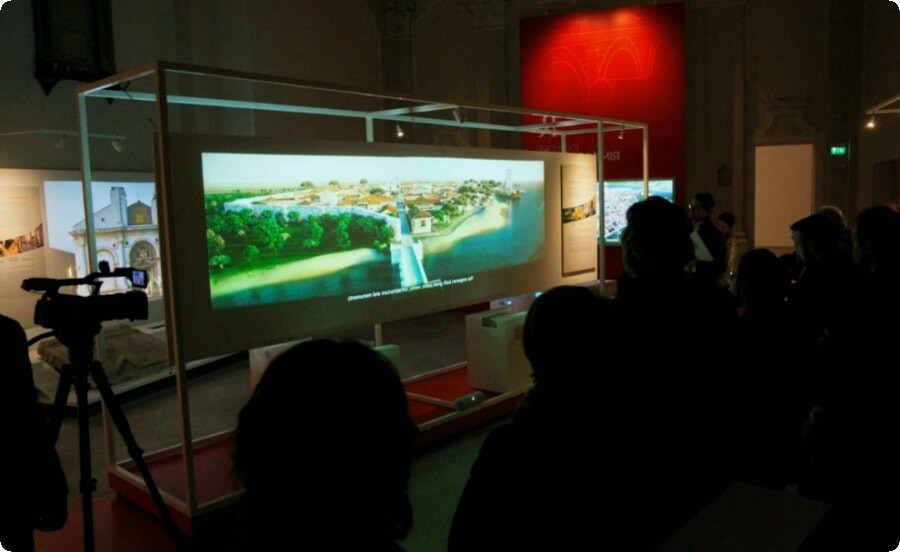
Ponte di Tiberio
Ponte di Tiberio (Tiberius Bridge) is a Roman bridge in Rimini, Italy. It connects the city center to the island of Montebello on which stands the Tempio Malatestiano church.
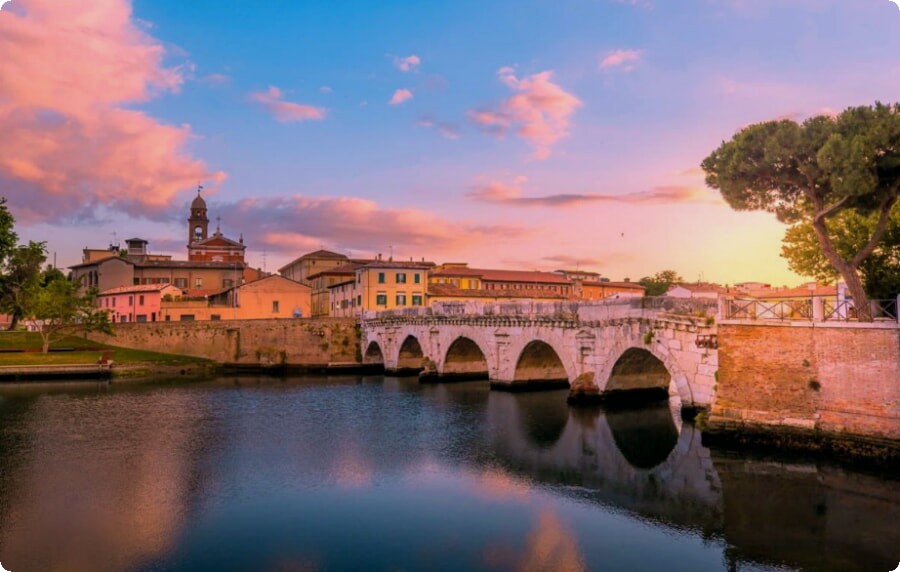
The bridge was built in 19 AD by order of the Roman emperor Tiberius. It was originally called Pons Aemilius after his adoptive father and predecessor as Emperor Augustus' heir, Marcus Vipsanius Agrippa. The bridge has been repeatedly destroyed by floods but rebuilt in each case; it now consists of five arches supported by stone piers resting on landfilled mudflats that were once part of Lake Fucino.
Museo della Città
This museum is entirely dedicated to the city of Rimini and its history. You can see everything from ancient coins and sculptures, to paintings by artists like Giorgio Morandi (1904-1964) and Giovanni Boldini (1842-1931). Don't miss out on this unique opportunity!
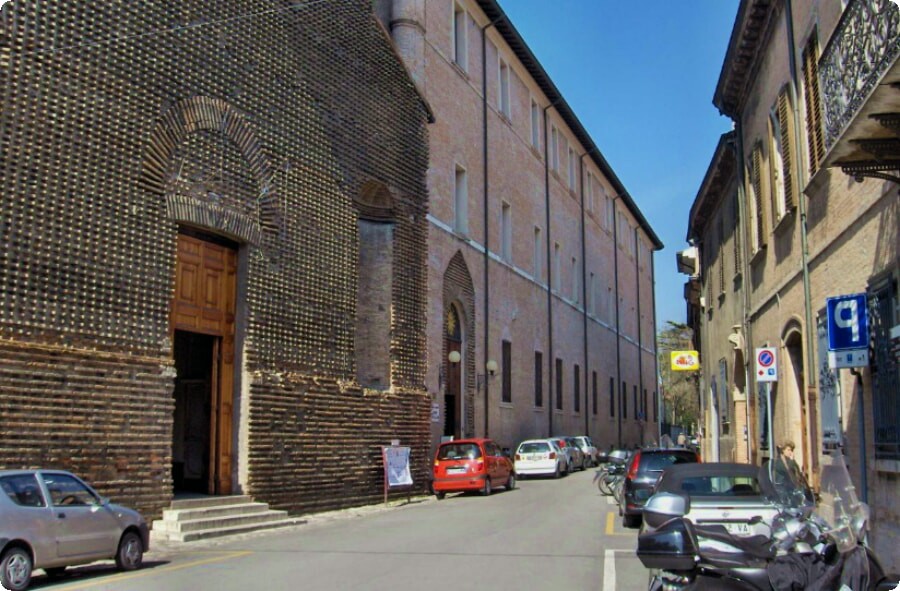
Domus del chirurgo
Domus del chirurgo (House of the Surgeon) is a medieval building that now houses an art gallery. It's located in Rimini's historical center, just steps from the sea and close to many other attractions. The Domus del Chirurgo is open Tuesday through Sunday from 9:30 AM until 7 PM; admission costs 6 euros for adults, 4 euros for students and seniors over 65 years old.
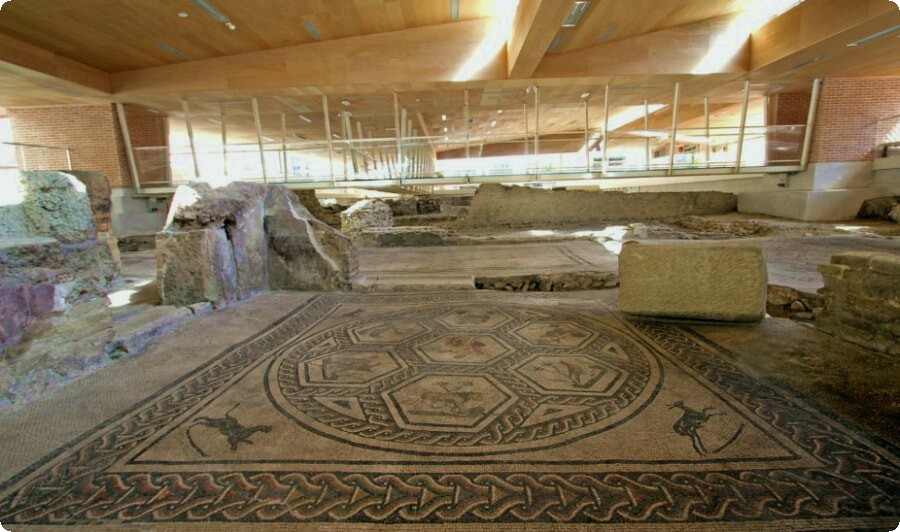
The museum contains works by artists such as Rodolfo Fumagalli, Franco Gentilini and Giorgio Morandi who were born in Rimini or worked there at some point during their careers. You can also see paintings by artists such as Tintoretto or Giovanni Francesco Romanelli on display here too!
Anfiteatro Romano
The Anfiteatro Romano is the remains of a large amphitheatre that was built in the 1st century AD, and last used in the 6th century. It can be visited by a guided tour, where you'll learn about its history and architecture. The entrance is free!
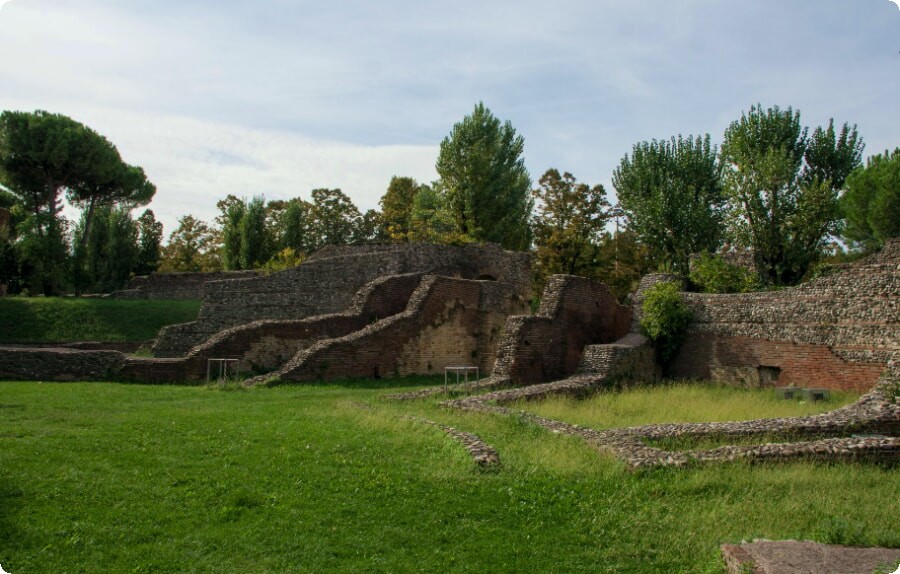
There are so many interesting things to see in Rimini, and we hope that this list has helped you get started. If you want more information on any of these sites or others not mentioned here, check out our website!
